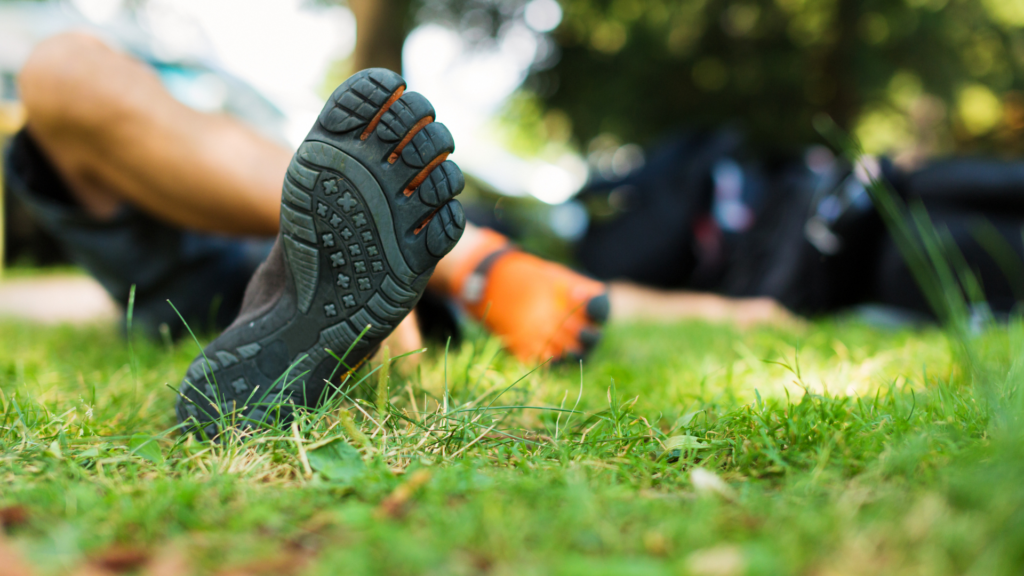Barefoot Fundamentals: Understanding the Essence of Natural Movement

Barefoot Fundamentals: Understanding the Essence of Natural Movement
In a world filled with advanced footwear technologies and cushioned soles, the concept of barefoot living has emerged as a refreshing and holistic approach to footwear. Embracing the barefoot fundamentals is not just a trend but a return to our roots – a journey that redefines the way we move, offering a plethora of benefits for our feet and overall well-being.
The Essence of Barefoot Living:
Natural Movement:
Barefoot living promotes a return to natural movement patterns. Traditional shoes often restrict the natural flex and splay of our toes, leading to altered walking and running mechanics. Barefoot shoes, with their minimalistic design, encourage the foot’s natural range of motion.
Foot Strength and Flexibility:
Conventional shoes can weaken the muscles in our feet over time. Barefoot walking, on the other hand, engages these muscles, promoting strength, flexibility, and better overall foot health. It’s like a workout for your feet with every step.
Sensory Awareness:
One of the barefoot fundamentals is enhanced sensory awareness. Traditional shoes dampen the sensory feedback our feet receive from the ground. Barefoot shoes provide a closer connection to the terrain, allowing us to better sense and adapt to our environment.
Improved Posture:
The design of barefoot shoes encourages a more natural posture. With a zero-drop profile (no heel elevation), they align the body more closely to its natural stance, reducing the risk of posture-related issues.
Key Components of Barefoot Shoes:
Zero Drop:
Barefoot shoes typically have a zero-drop sole, meaning there is no height difference between the heel and the toe. This encourages a more neutral and natural foot position.
Wide Toe Box:
Unlike the tapered design of many traditional shoes, barefoot shoes feature a wide toe box, allowing the toes to spread and splay, promoting balance and stability.
Thin Soles:
Thin soles are a hallmark of barefoot shoes, providing a minimalist barrier between your feet and the ground. This thinness enhances sensory feedback and allows for a more responsive stride.
Embracing Barefoot Fundamentals in Everyday Life:
Transitioning Gradually:
Transitioning to barefoot living should be gradual. Start by incorporating short periods of barefoot or minimal shoe use into your routine and gradually increase over time.
Foot Strengthening Exercises:
Incorporate exercises like toe spreads, calf raises, and foot doming to strengthen the muscles in your feet and lower legs.
Mindful Walking and Running:
Pay attention to your gait and form when walking or running barefoot. Focus on landing softly and allowing your foot to flex naturally.
Understanding the barefoot fundamentals is not just about what goes on your feet; it’s about embracing a lifestyle that reconnects you with the earth beneath. Whether you’re a seasoned barefooter or just starting the journey, these fundamentals pave the way for a more mindful, natural, and healthy way of moving through life. Welcome to the world of barefoot living!
Barefoot Fundamentals: Understanding the Essence of Natural Movement Read More »











